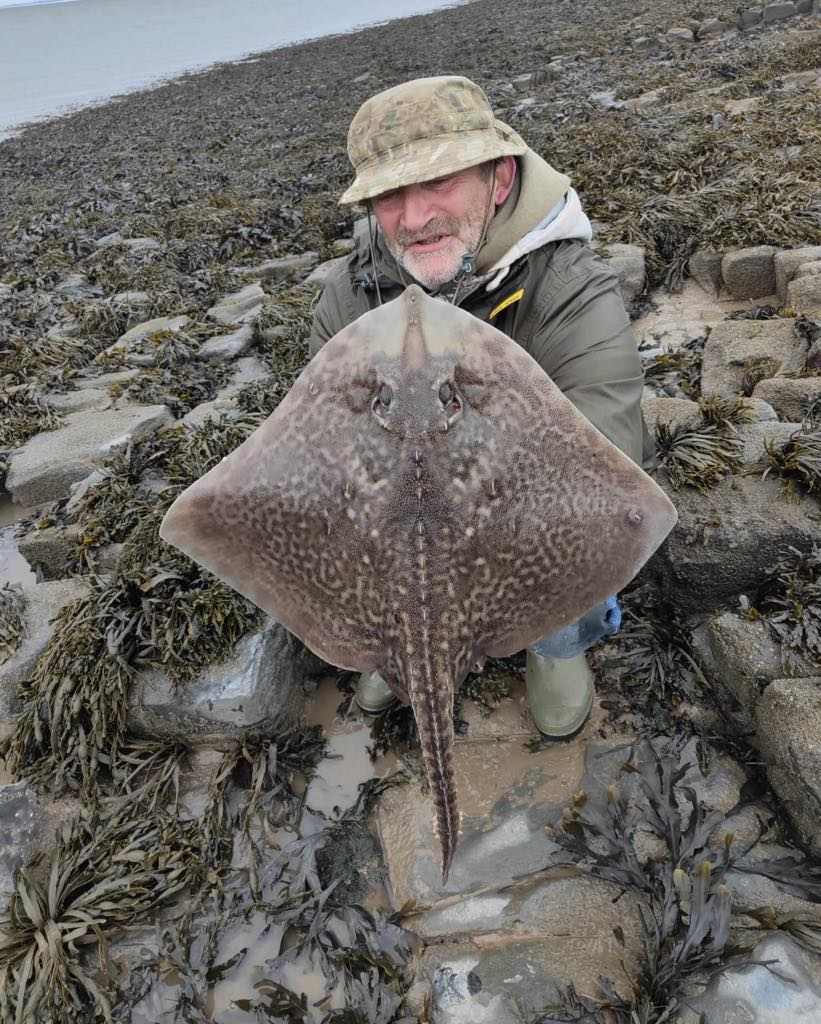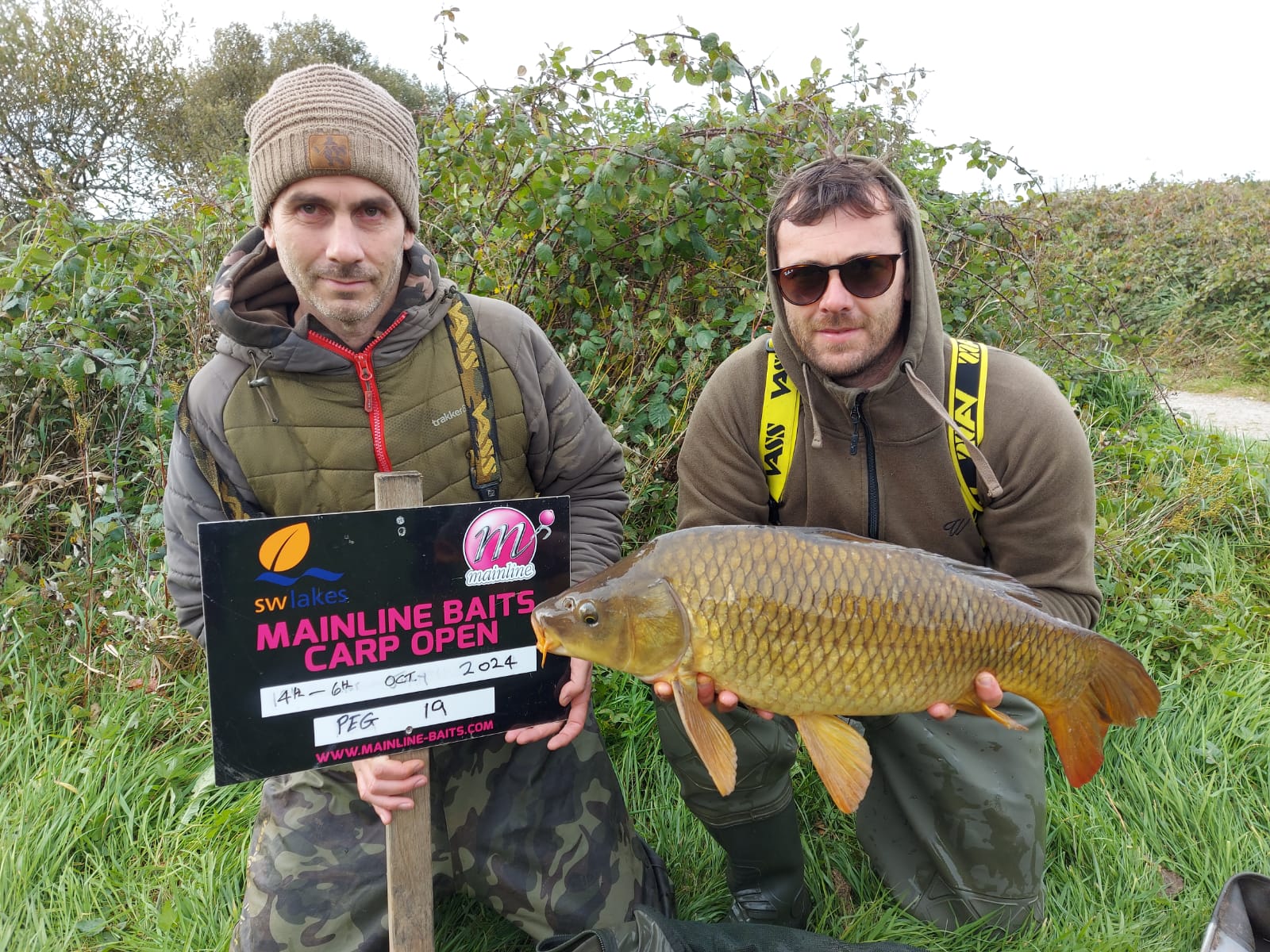A quick summary from Edward Rands reporting on South Molton Angling Clubs latest trip out of Ilfracombe aboard John Barbeary’s Bluefin
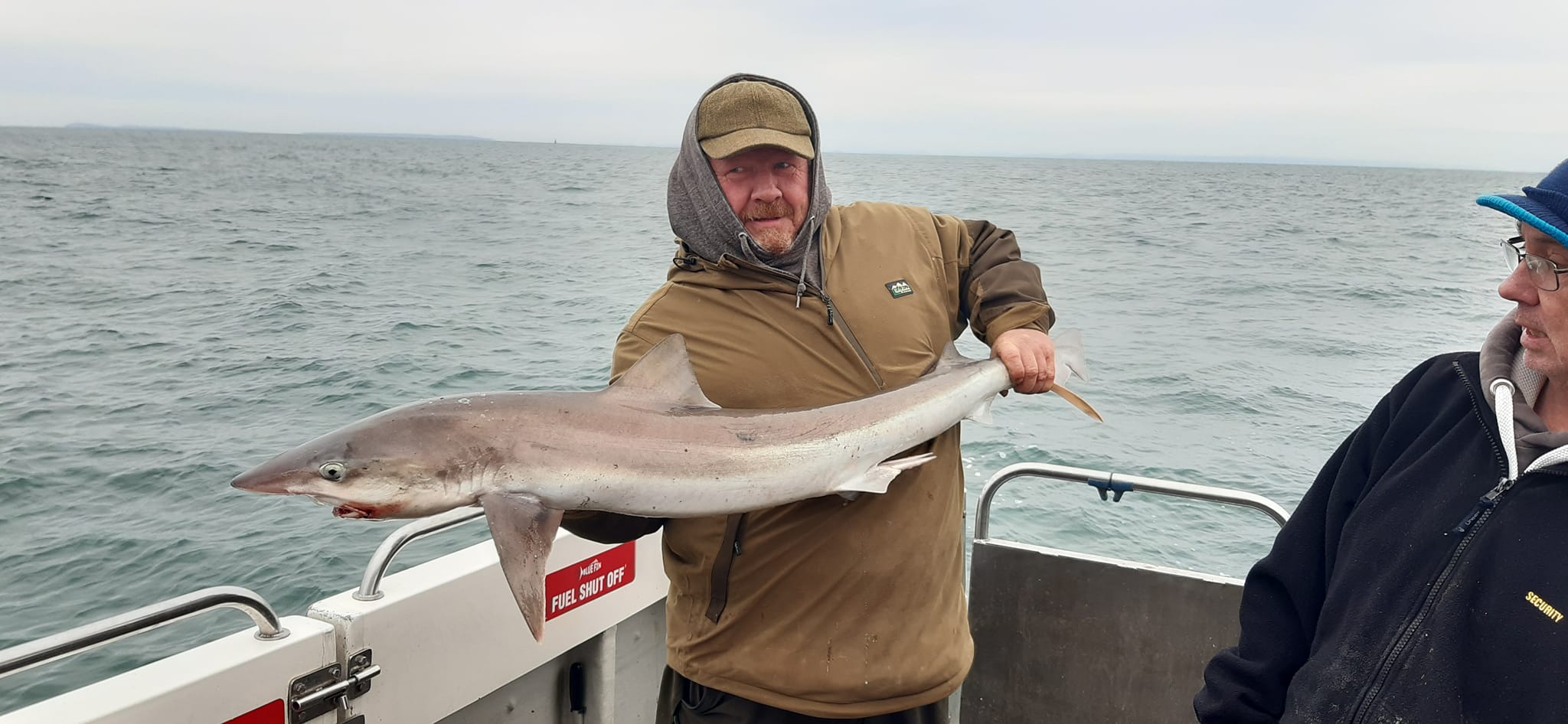
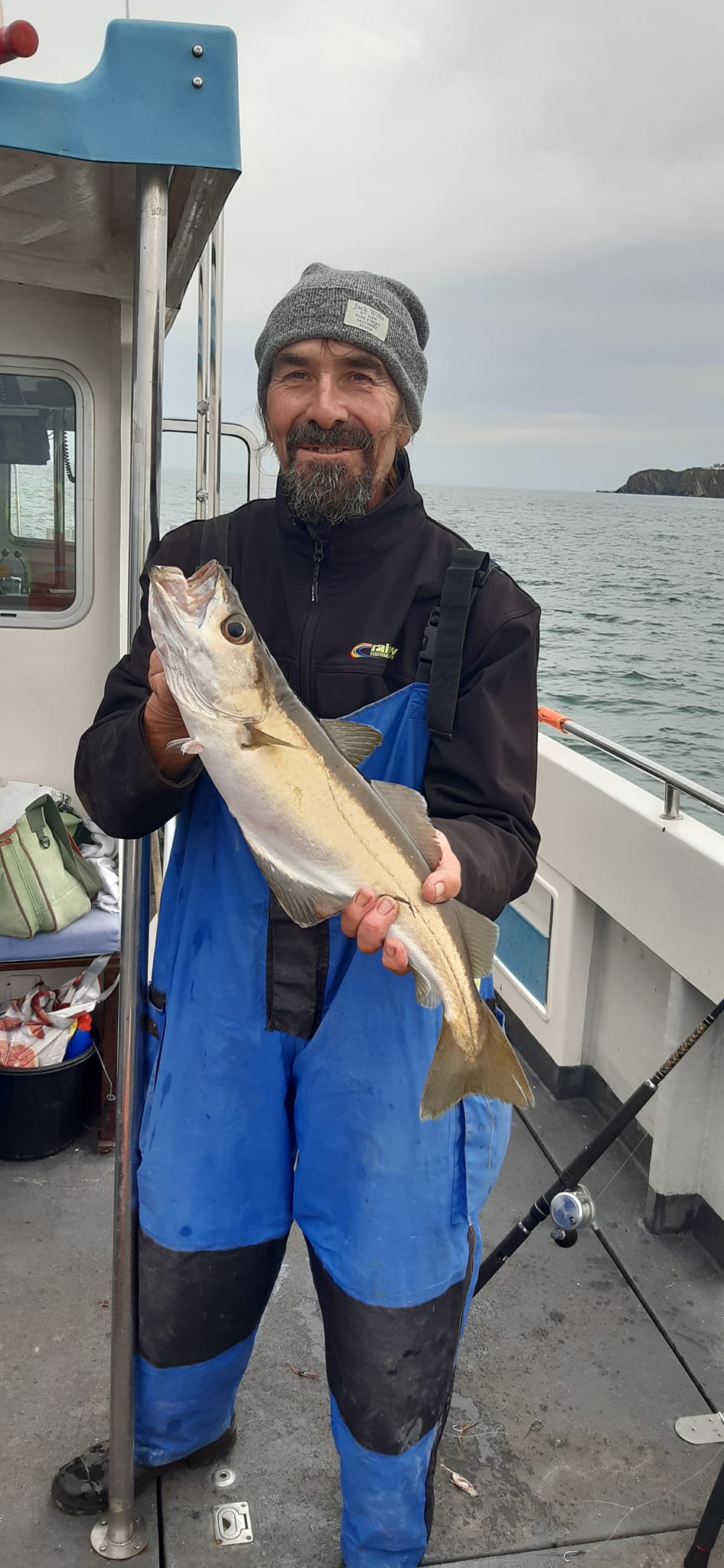

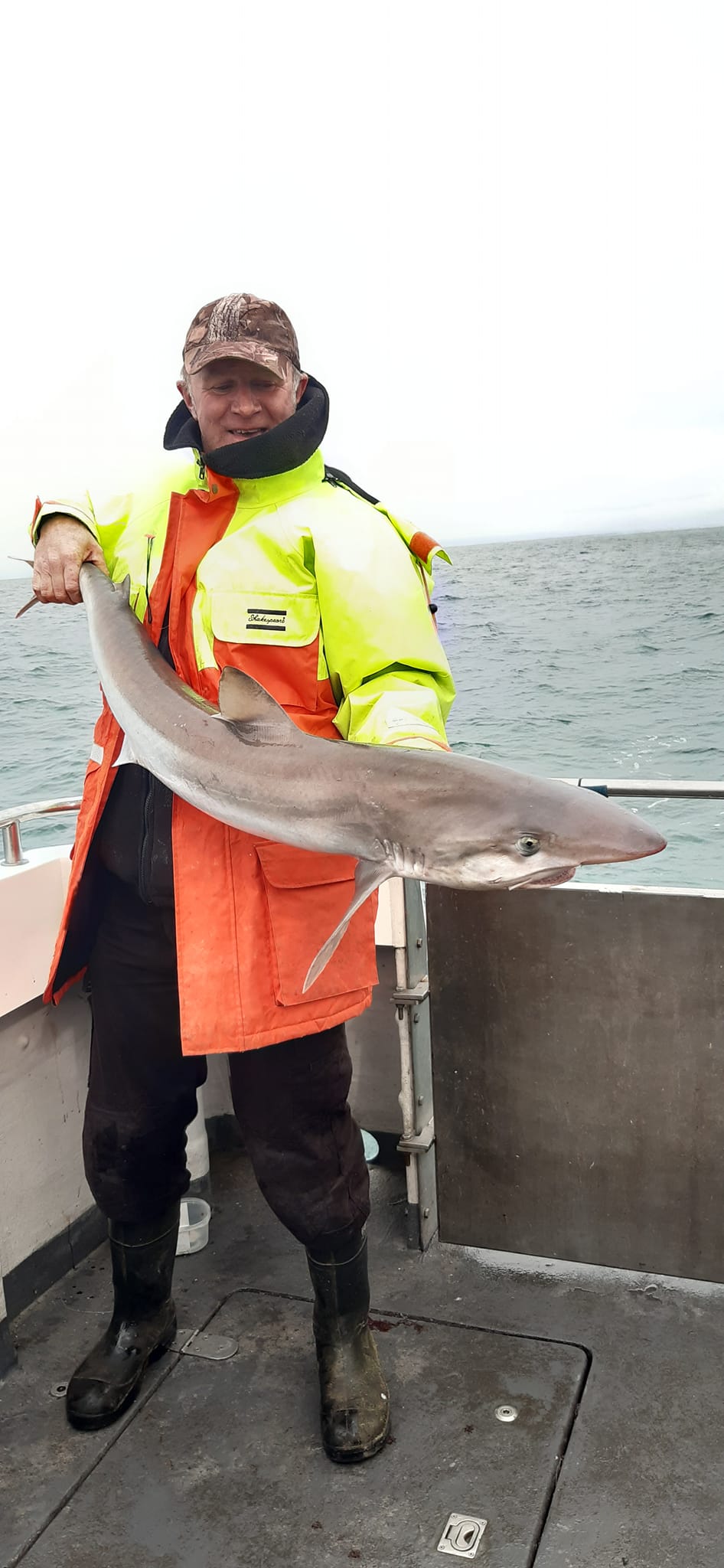





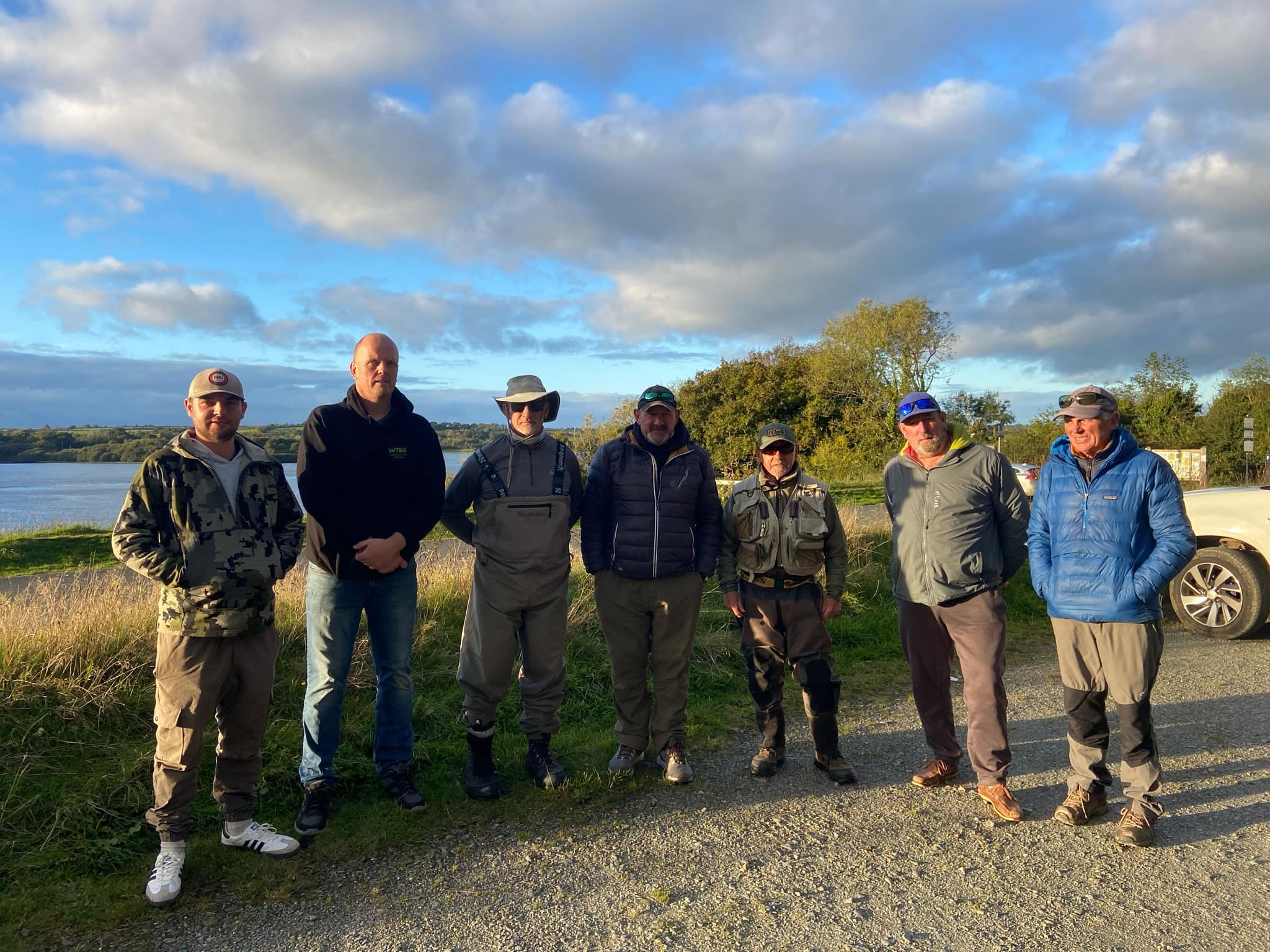
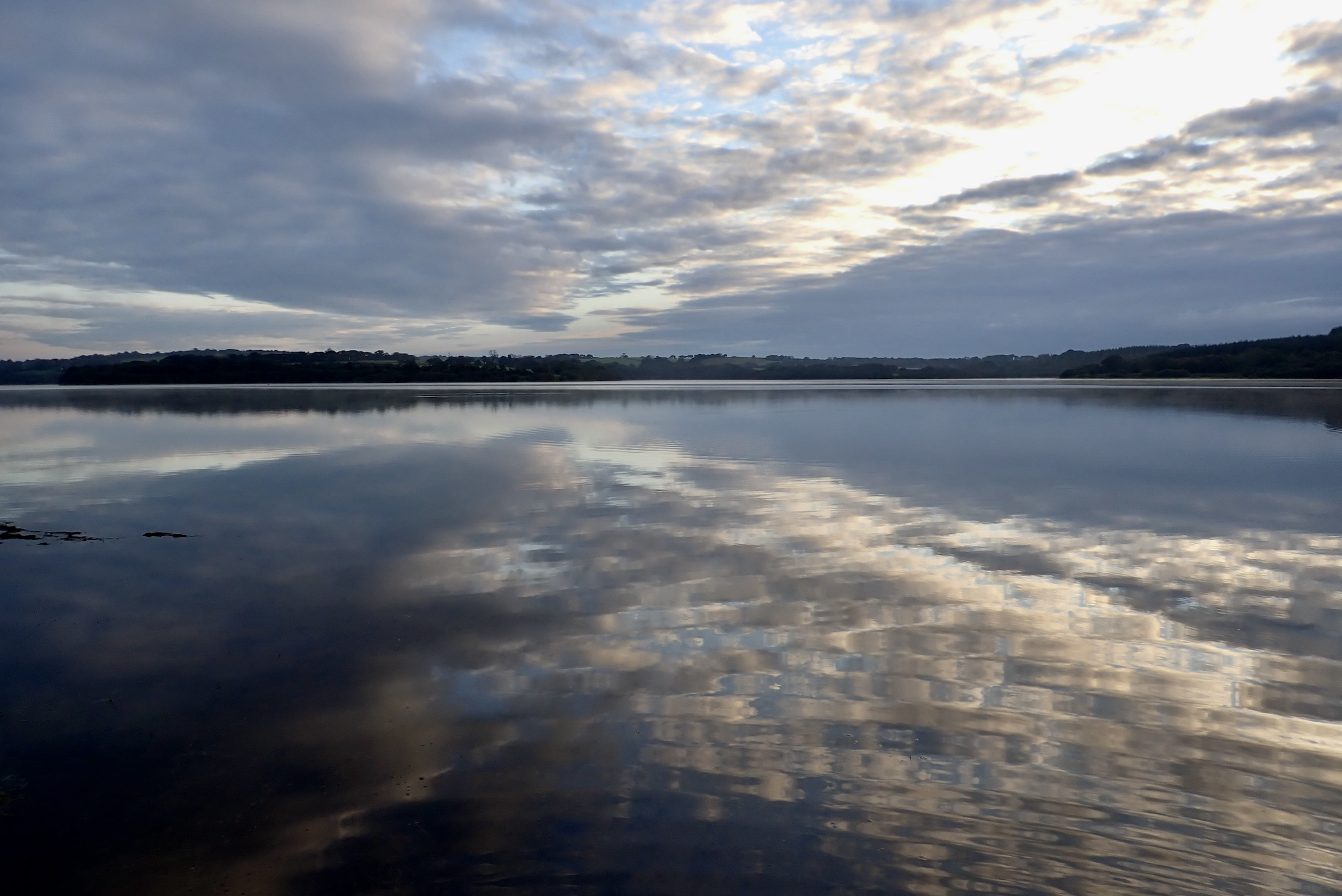
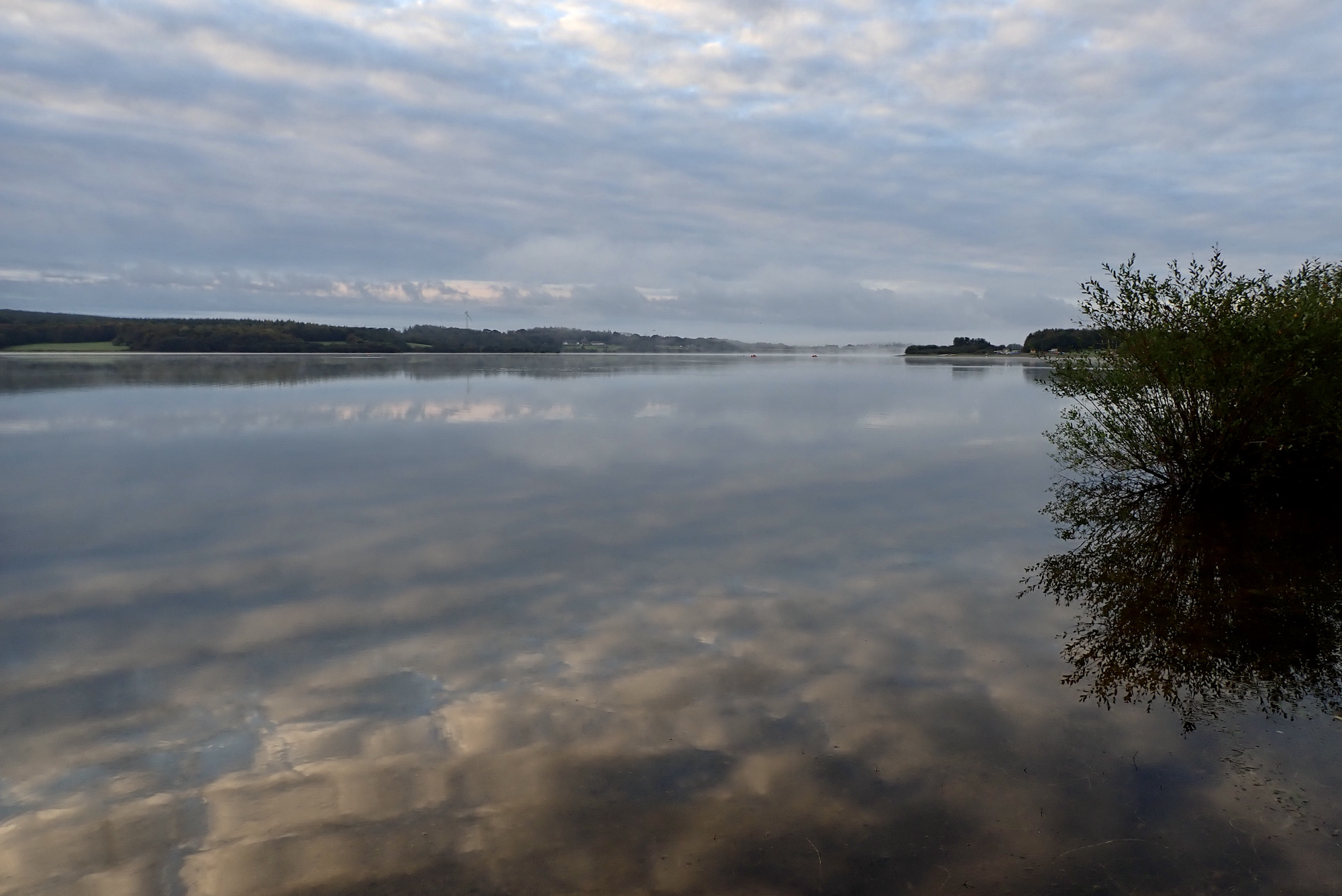
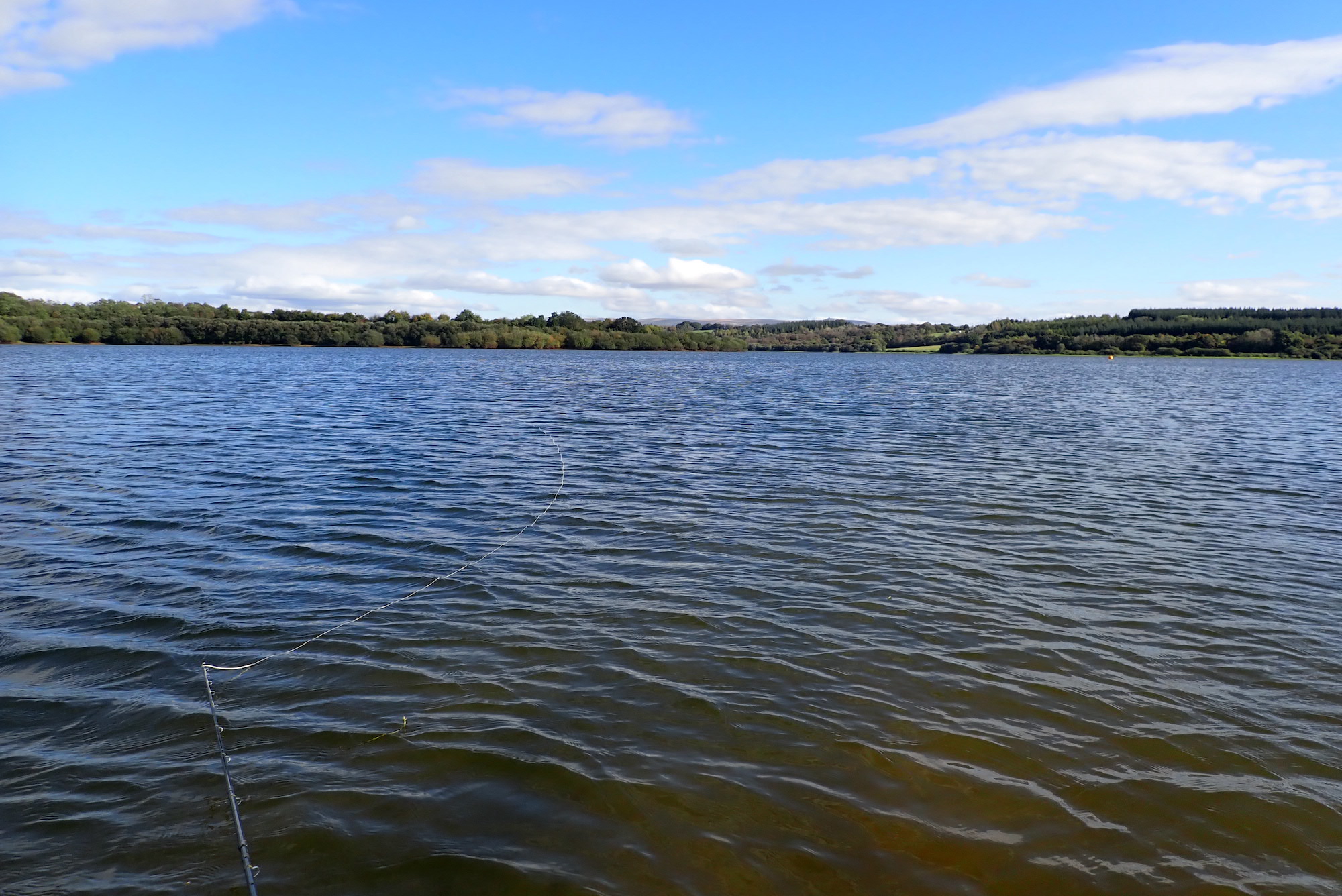
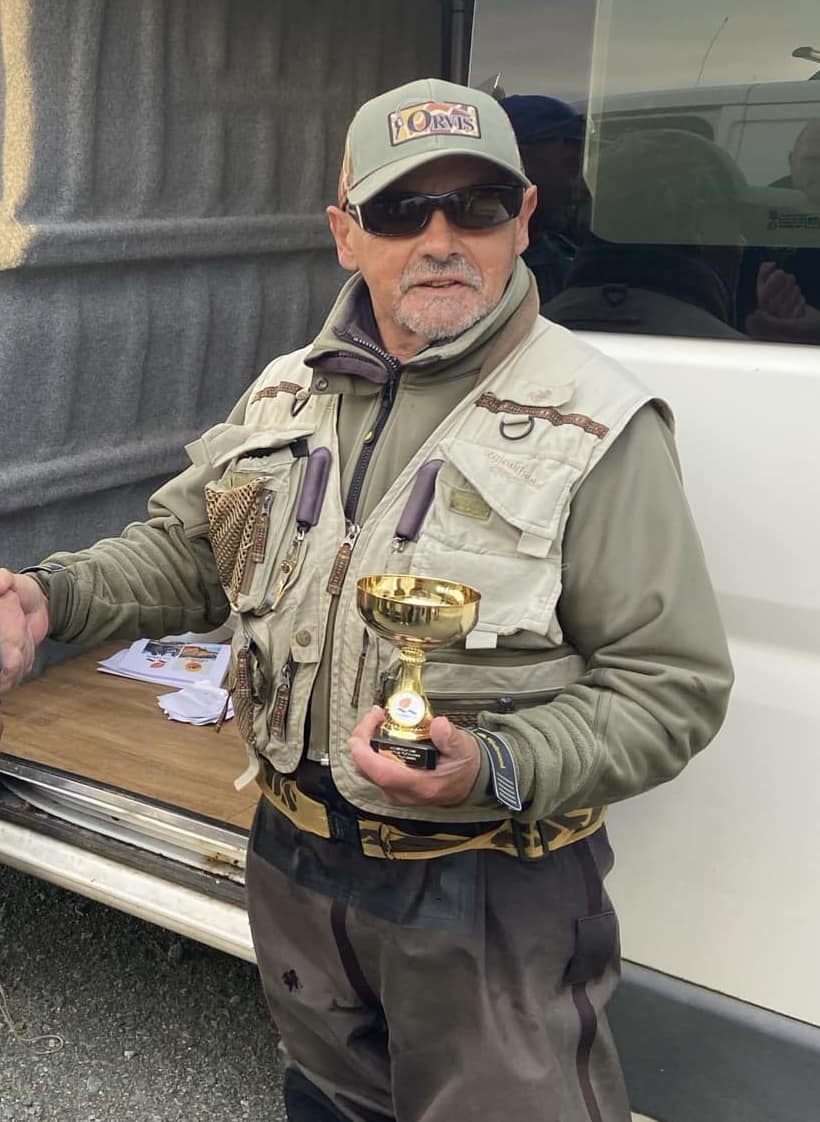
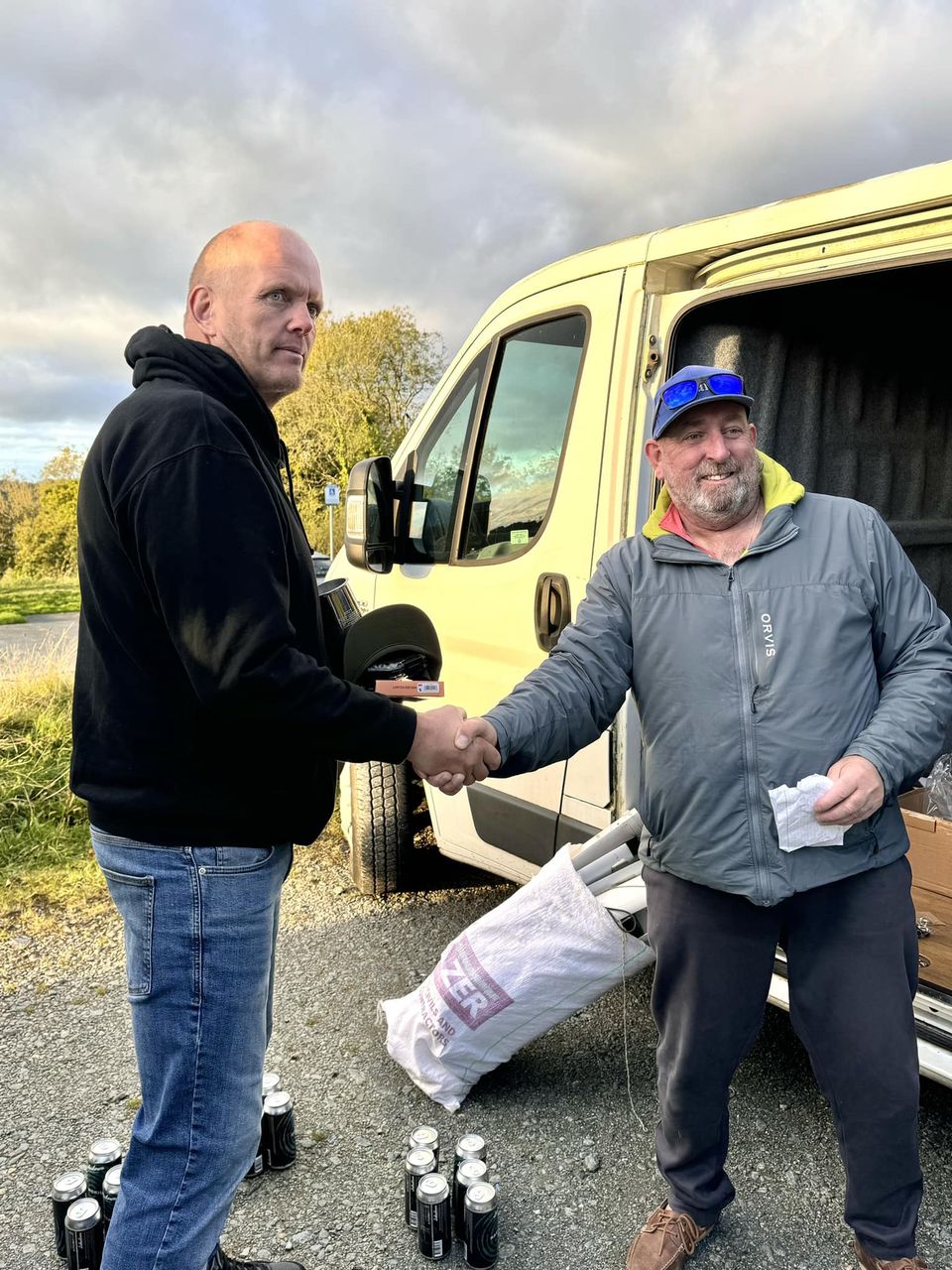
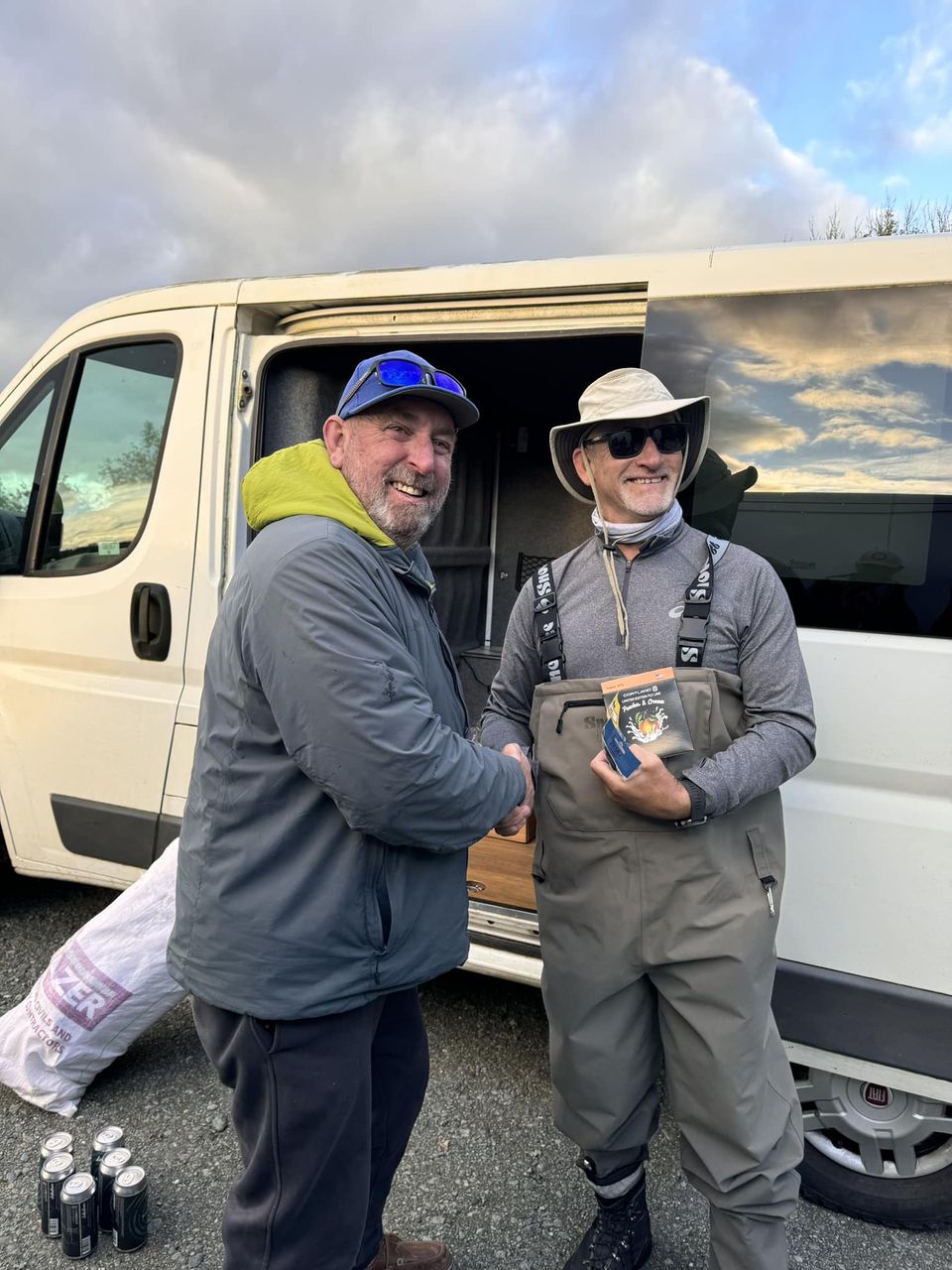
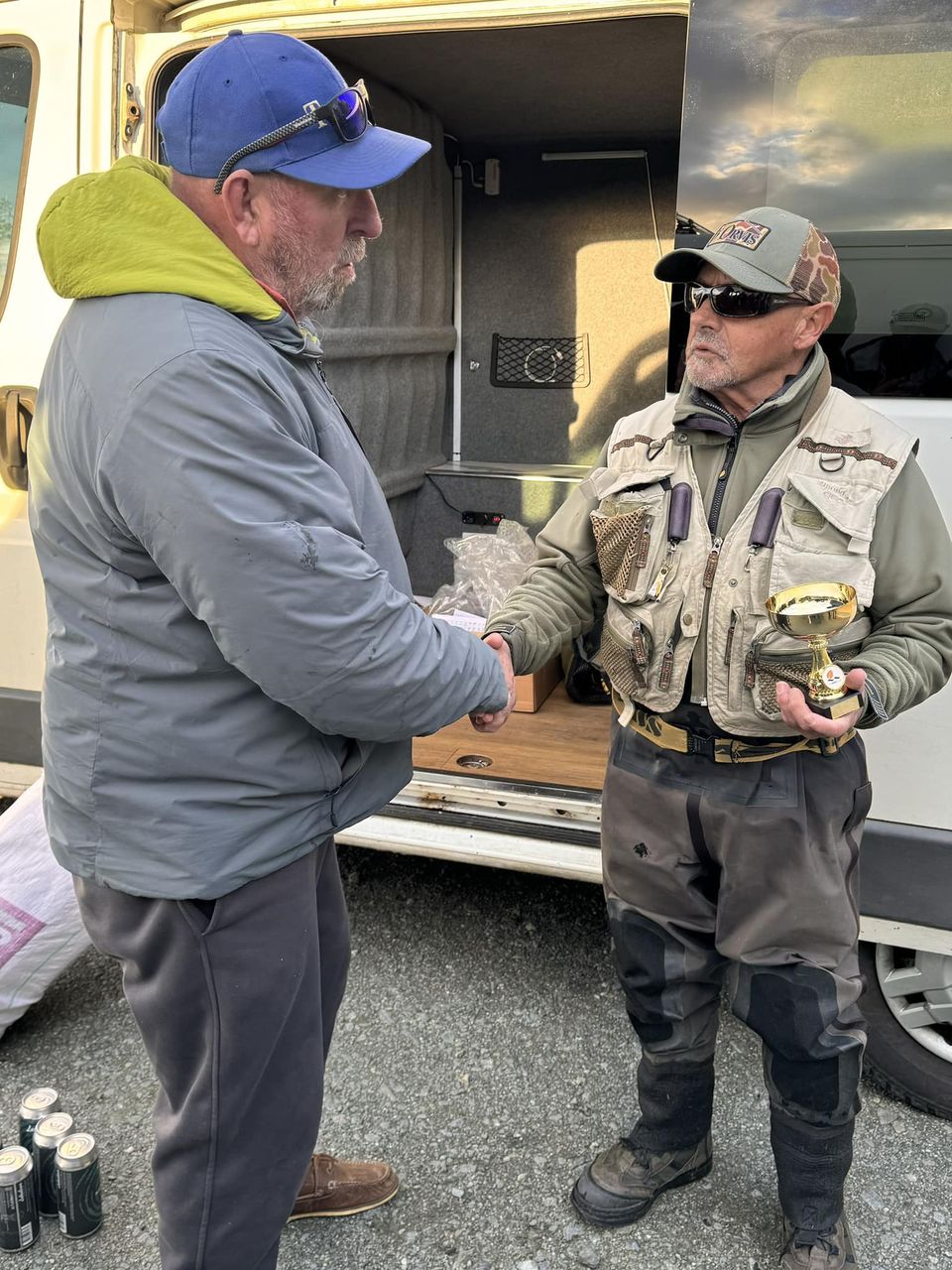

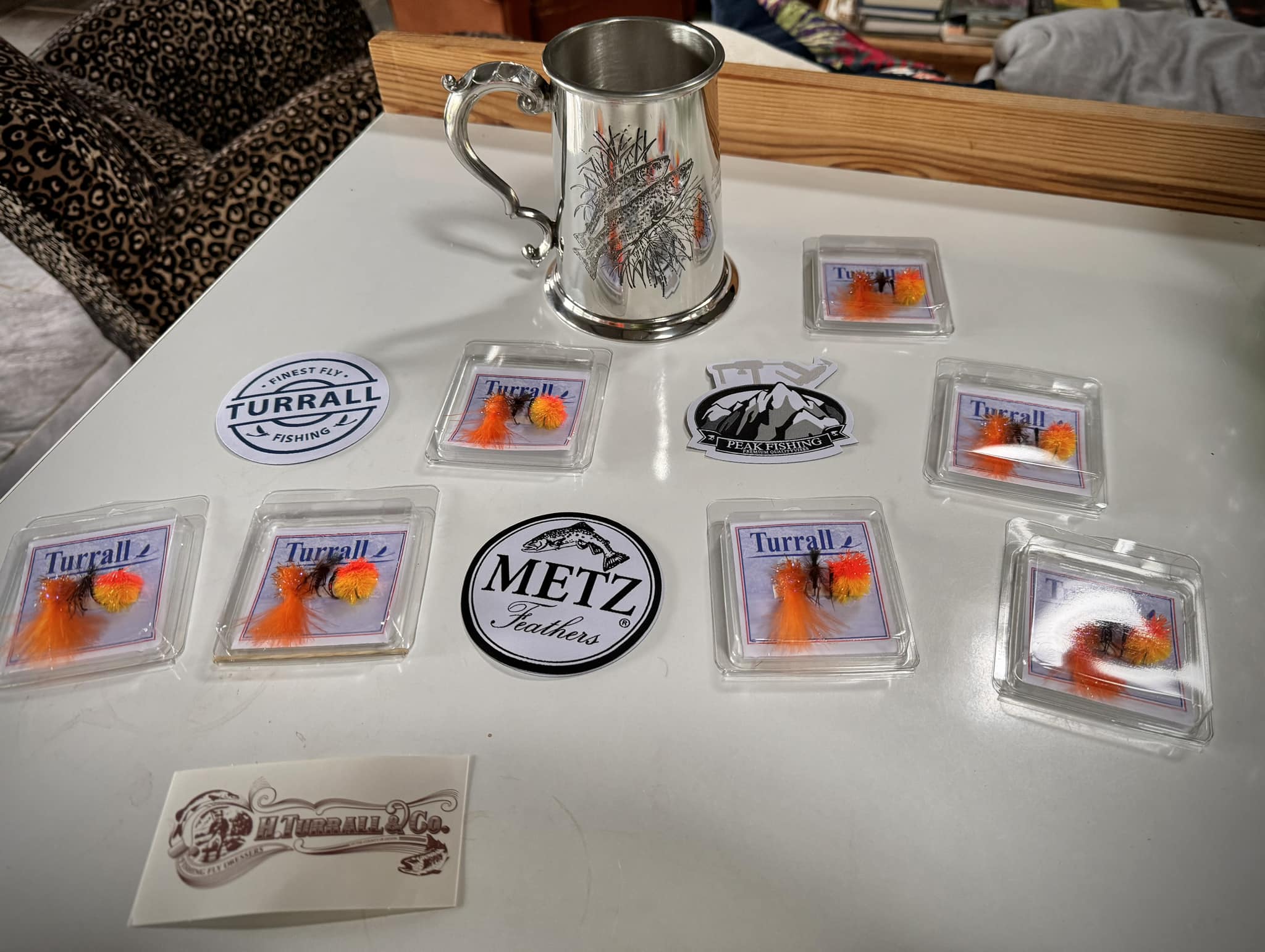
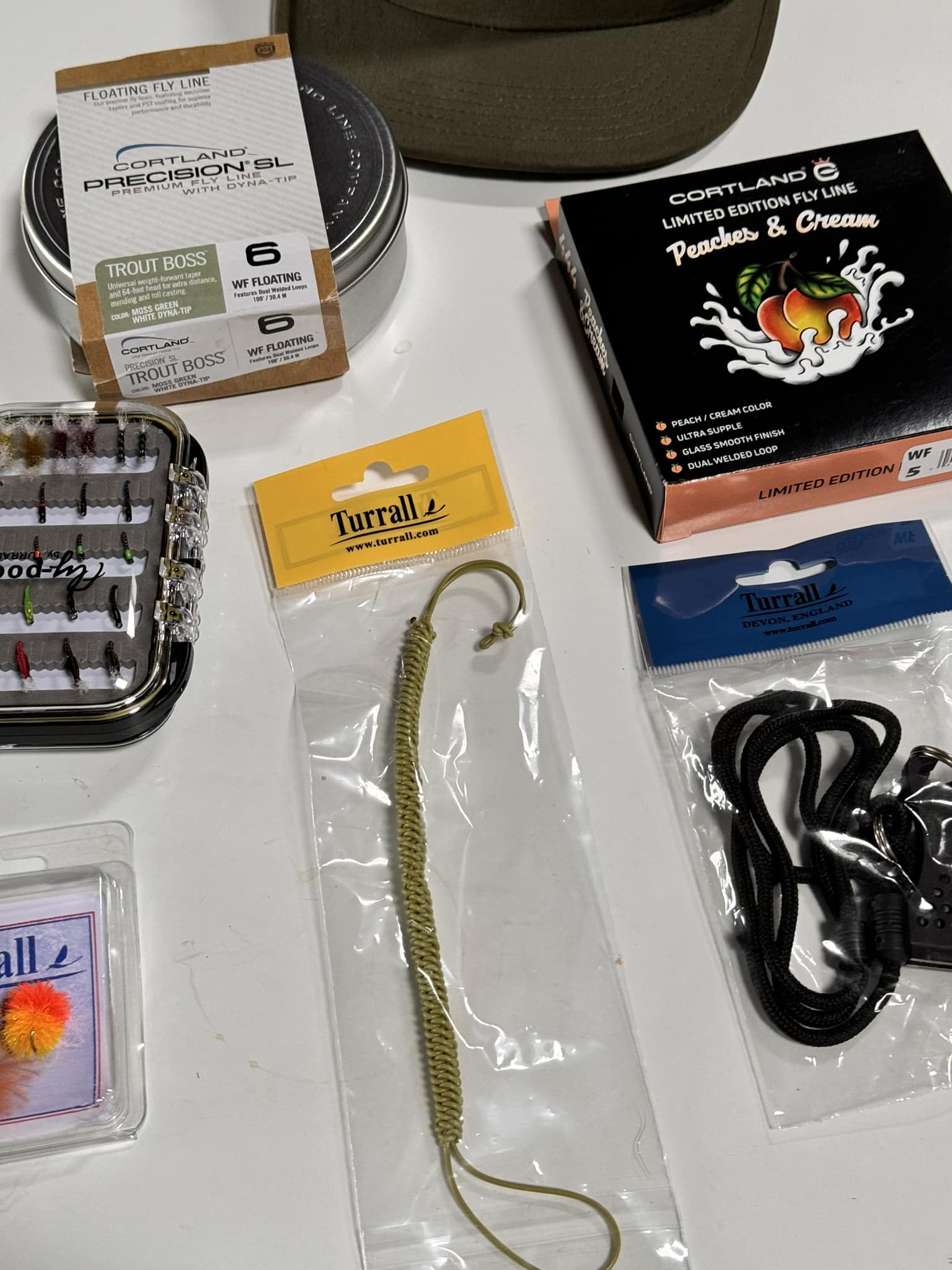
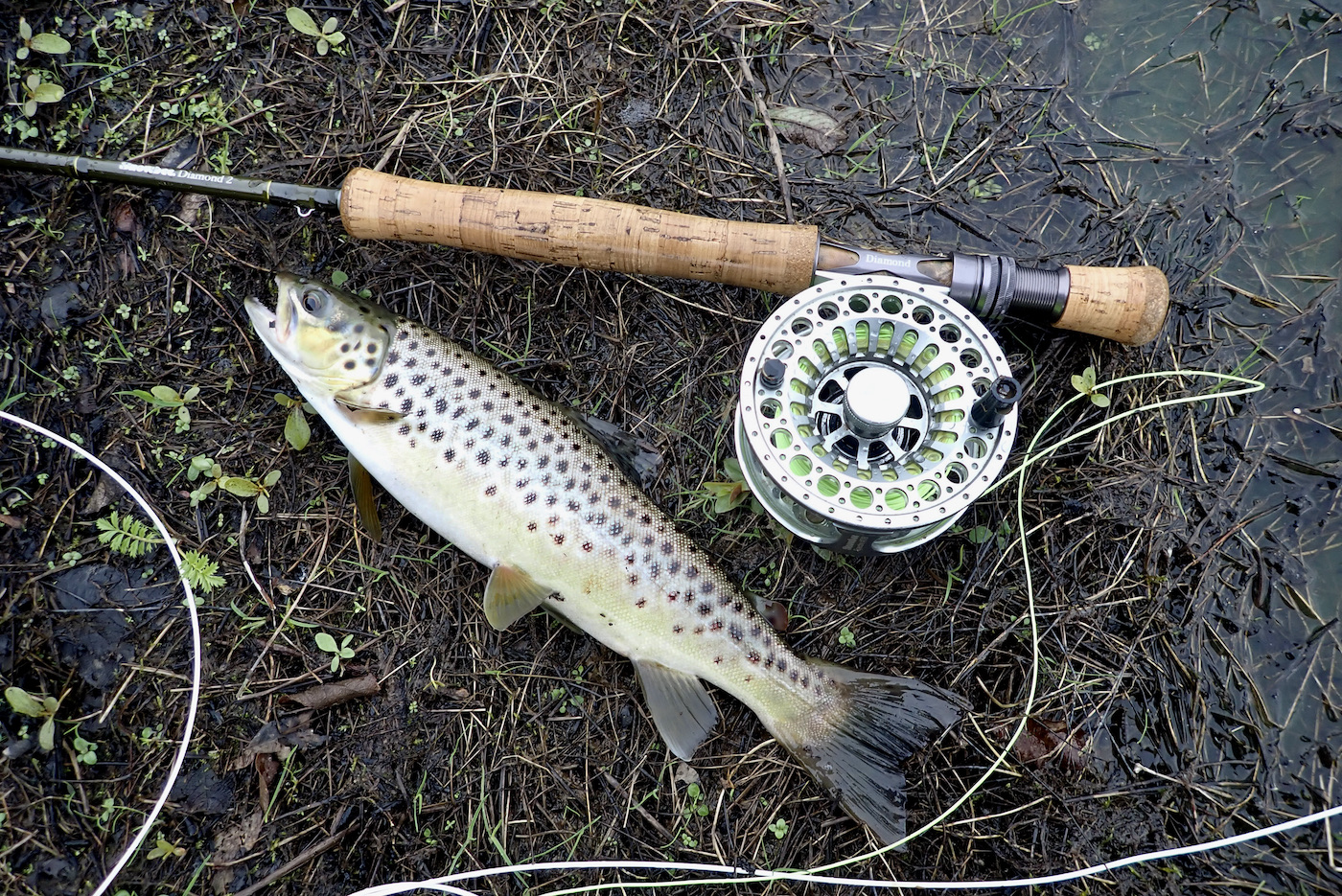
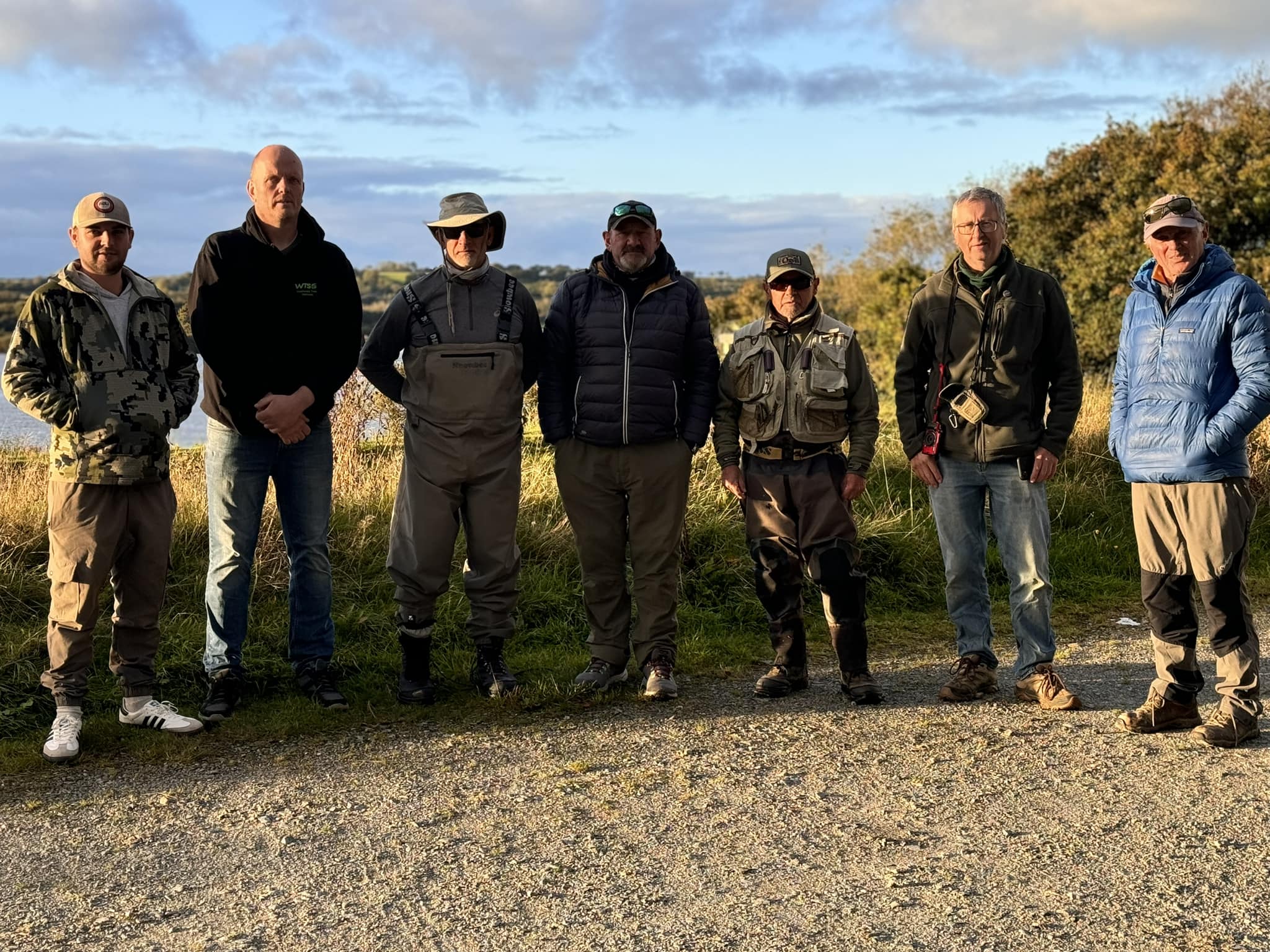
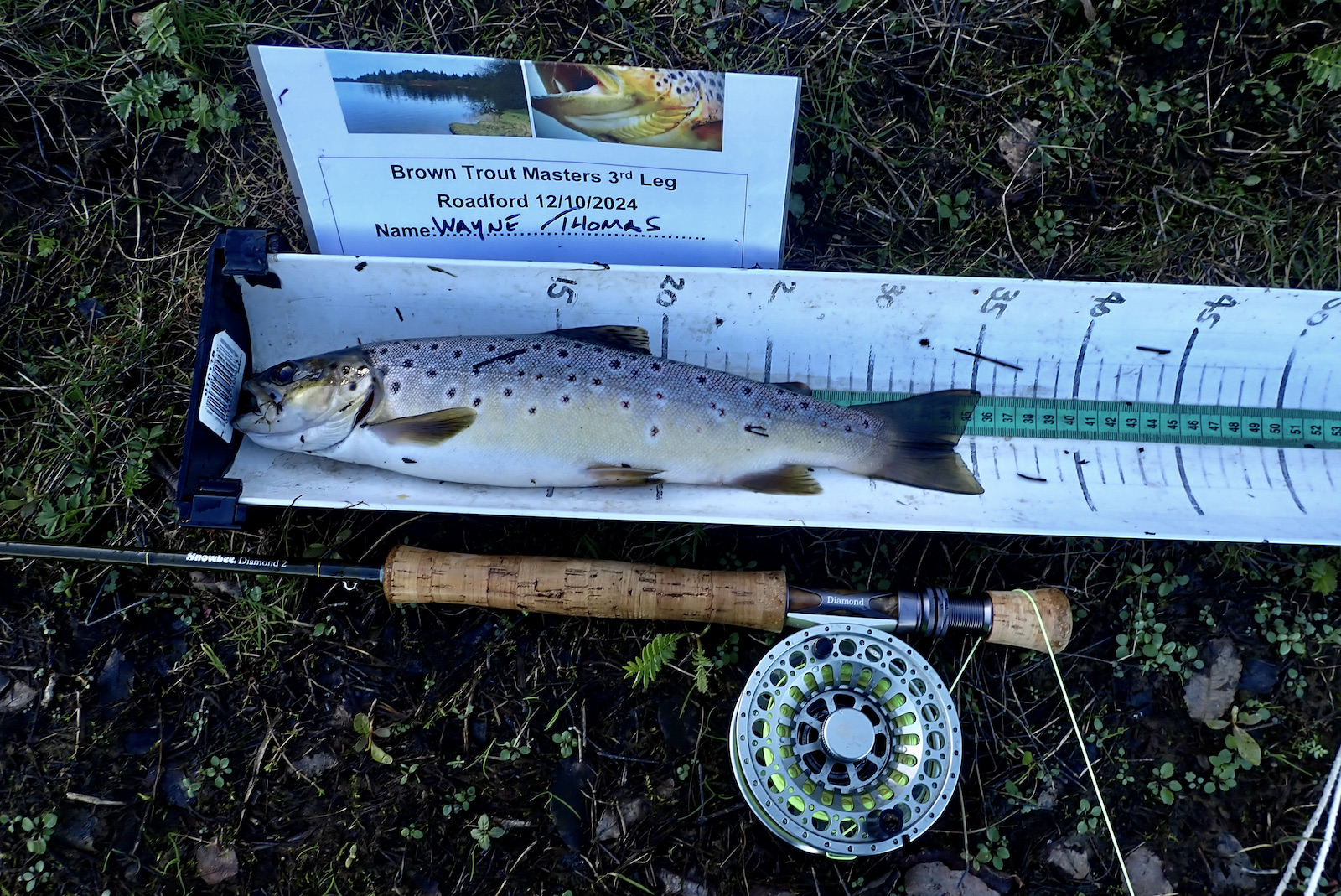

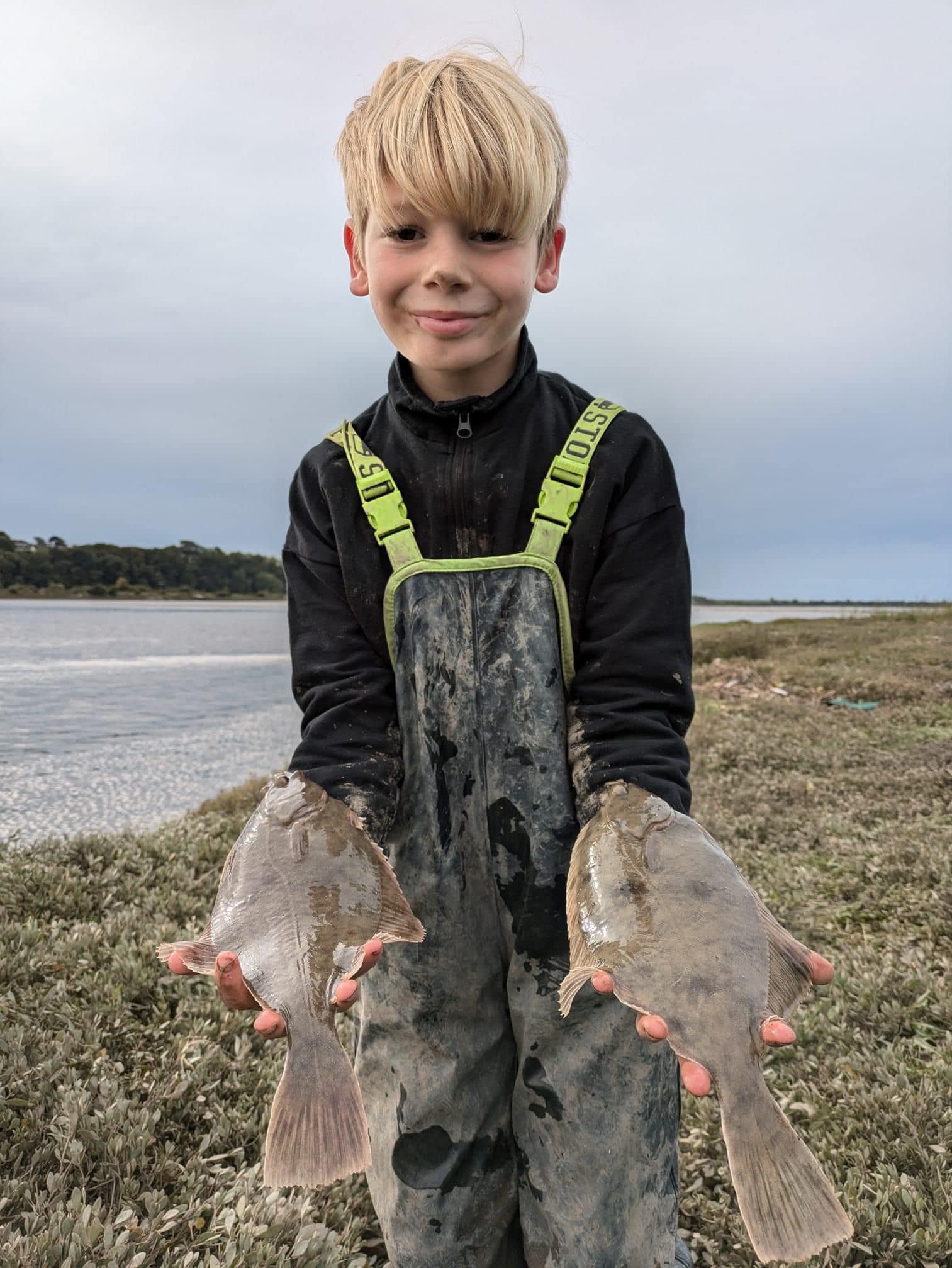
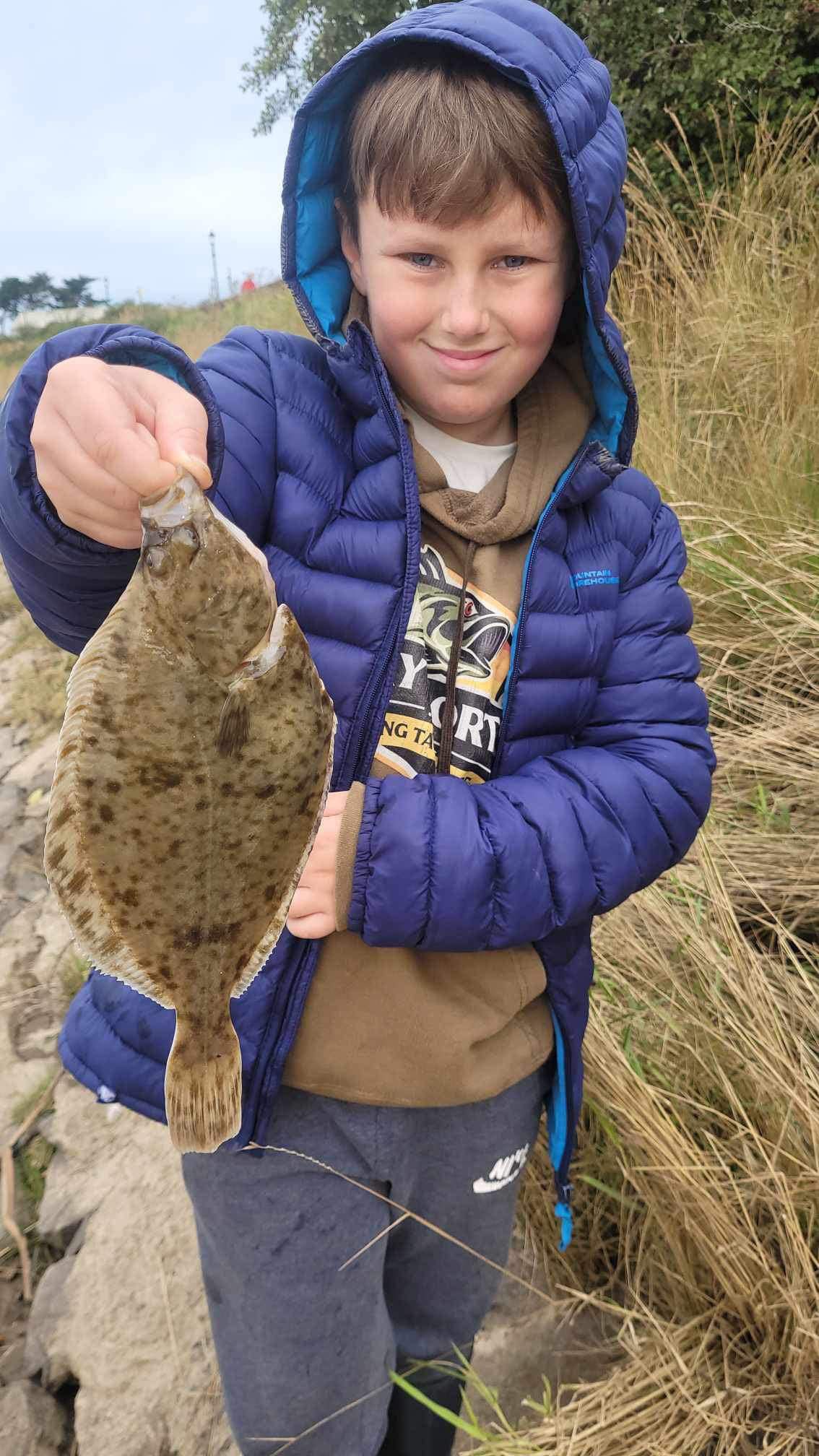
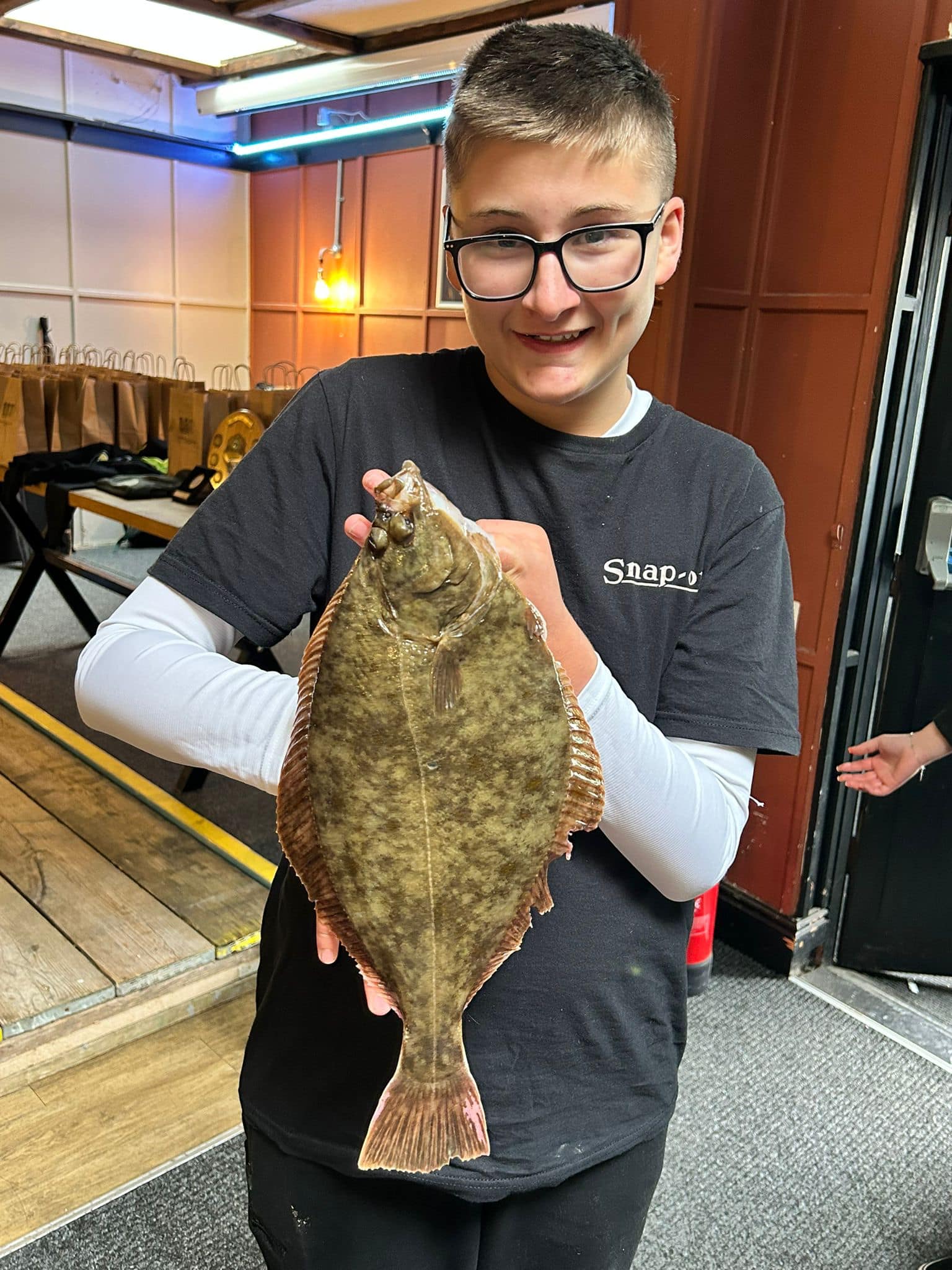



|
|---|
Today’s digital world is fast paced, always on and it’s made our lives better in many ways, but it’s also made us more stressed. Witness the rise of yoga, meditation, wellbeing apps, therapists, mindfulness and such like as an antidote to our deteriorating mental health. According to the British Medical Association, mental health services in England received a record 4.6 million referrals during 2022 (up 22% from 2019), and there simply aren’t enough doctors to match it. YOUR OBJECTIVE ISN’T THE ENDGAME: So how exactly can fly fishing help? Firstly, catching fish isn’t that important. If you wanted to catch a fish, there are more effective ways than fly fishing. These days the majority of fly fishers now practise catch and release, and personally speaking I much prefer the satisfaction of safely releasing a fish than actually catching it. Another American, author Zane Grey, said “if I fished only to capture fish, my fishing trips would have ended long ago”. So if it’s not to catch fish, why do we do it? There is a myriad of reasons here, however in broad terms I think they can all be narrowed down to one simple answer – how it makes you feel.
|
ONE LONG JOURNEY:
One of the things I love about fly fishing is that you never stop learning. You can get familiar with the basics of casting and fishing reasonably quickly, but the art and science of fly fishing takes time to master. Fly fishing provides a lifetime of learning and improving, of challenging yourself, trying different things until you work out what works. And what works one day doesn’t always work the next. Heraclitus, an ancient Greek philosopher from around 500 BC, said “no man ever steps in the same river twice, for it’s not the same river and he’s not the same man”. But that’s the fun of it, the constant learning, the variety, the challenges, pitting your wits against the fish and the conditions. Fly fishing can be as all-consuming as you want it to be. It’s a hobby and passion that can be with you throughout your life, an ever giving partner, an endless source of enjoyment, despite whatever else is going on. It’s one long journey that makes you feel good.


|
MANY SHORT JOURNEYS: A fishing trip can be split into 3 parts: anticipation, enjoyment, recollection. There are two types of anticipation for me. Firstly, the months and weeks leading up to the opening of the trout river season, a time of checking over tackle, replenishing fly boxes and wondering how the river might have changed, what tactics I might use and when. Then there is the giddy anticipation the day before an actual fishing trip, getting your gear packed, keeping an eye on the weather and water conditions, and if you’re fishing with a friend usually a healthy exchange of eager WhatsApp messages full of hope. Then of course there’s the actual enjoyment of the day itself. A great cast to a tricky place, the satisfaction of adapting tactics to outwit an unwilling quarry, watching a fish released, a nice lunch by the riverside, damsels dancing in the air, the flash of a kingfisher swooping past, plucking a blackberry from the brambles that caught your fly when casting, the sounds of the countryside, not thinking about work or life, just being in the moment in a place of beauty. And when it’s over, then there are the happy recollections, not just later that day as you smile thinking back, but also the amazing moments and memories that keep you going through the winter months. Anticipation, enjoyment, recollection. Every time you go fishing. Many short journeys that simply make you feel good.
FISHING AS THERAPY: In 2021 fishing was officially prescribed by the NHS to help people suffering with anxiety and depression. Farlows sister brand Sportfish, which runs the Sportfish Game Fishing Centre with two spring-fed crystal clear trout fishing lakes, is now an approved supplier and partner for the Get Fishing For Wellbeing program from the Angling Trust, the national fishing governing body. Fishing as therapy is nothing new – for decades there have been fly fishing charities supporting military veterans to cope with Post Traumatic Stress Disorder (PTSD) and combat fatigue. A new feature film called Mending the Line starring Brian Cox is now available on Netflix, about an old Vietnam veteran and a young Afghanistan one finding healing for their traumas through fly fishing and friendship.
The BBC’s hugely successful TV show “Mortimer & Whitehouse: Gone Fishing”, now in its 6th series, is all about fishing as therapy. Its origins lie in Paul Whitehouse discovering Bob Mortimer wasn’t going out anymore following his triple heart bypass surgery and inviting him out fishing. Mortimer loved it and later said “I’ve never felt anything like it. There comes a moment when you realise that you’ve said nothing for an hour and a half. I haven’t thought about anything else. I haven’t worried about the past, or future”.
THE SCIENCE BEHIND THE WELLBEING: According to The Royal College of Psychiatrists there are 4 key areas as to why fly fishing is so beneficial for your health:
When fly fishing, you’re concentrating solely on what you’re doing and the beauty of where you’re doing it. For hours, all the pressures of work, home life and the modern world are forgotten. This leads to lower stress levels, and studies show this reduction in cortisol (stress hormone) can have a positive effect for up to 3 weeks. With an opportunity to learn new skills, meet new people in both a sociable setting and have some tranquil time with just yourself in nature, it’s no surprise there’s a new generation using fly fishing as a form of meditation and a means to support their physical and mental wellbeing. Especially given these days neither the kit nor the fishing itself needs to be expensive, and good fly fishing can be found pretty much everywhere. Especially at the Arundell.
|
North Devon Flounder fisherman are looking forward to the first big competition of the 2024 Flounder season. There is plenty of interest with a good number already registered at Barnstaple Bait and Tackle.

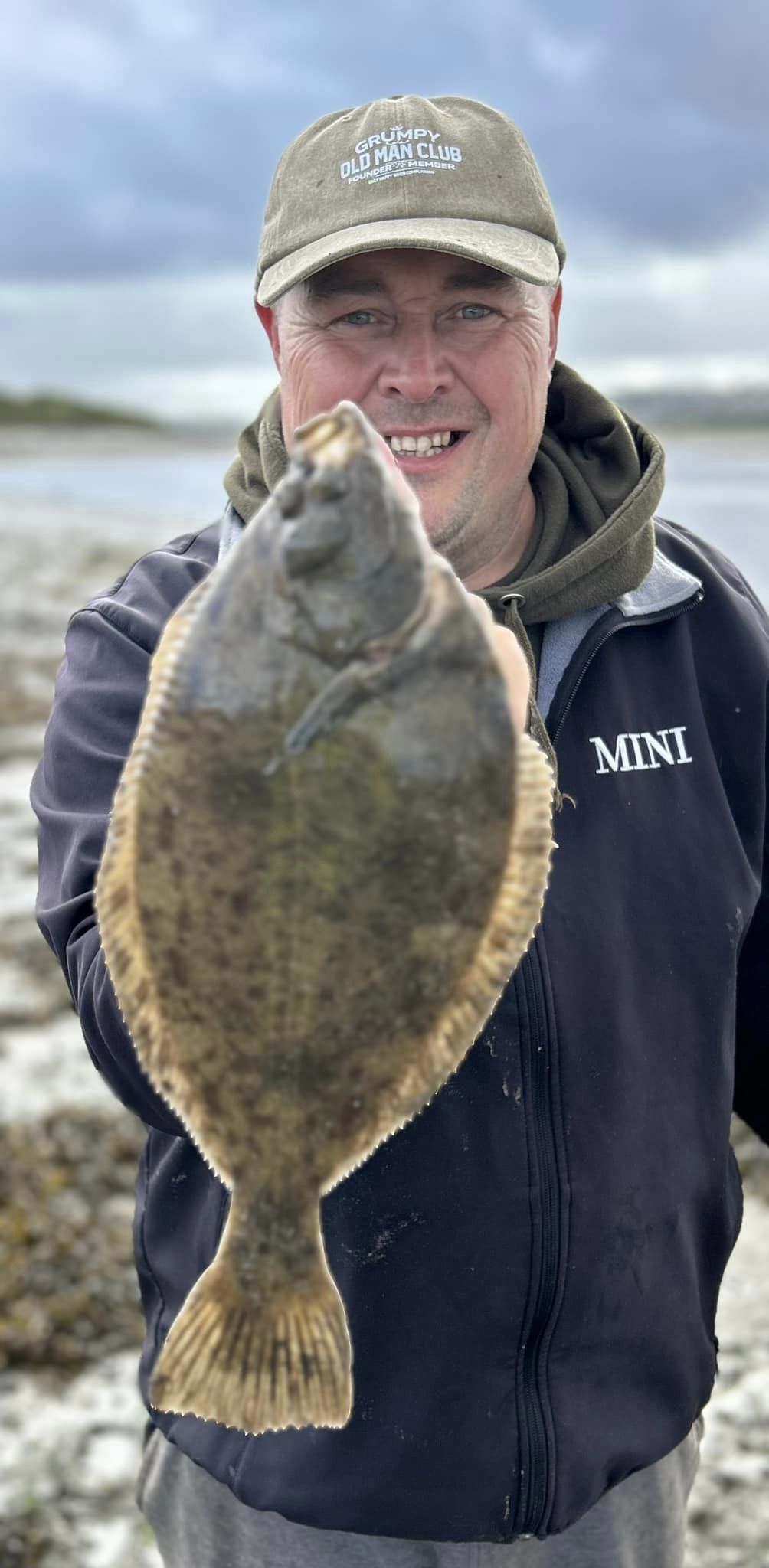
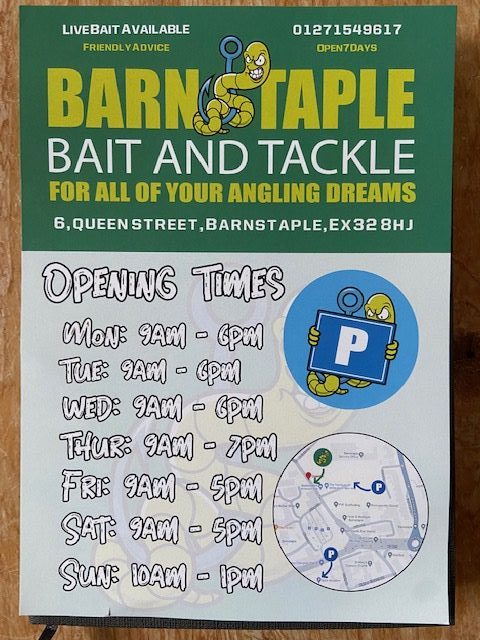

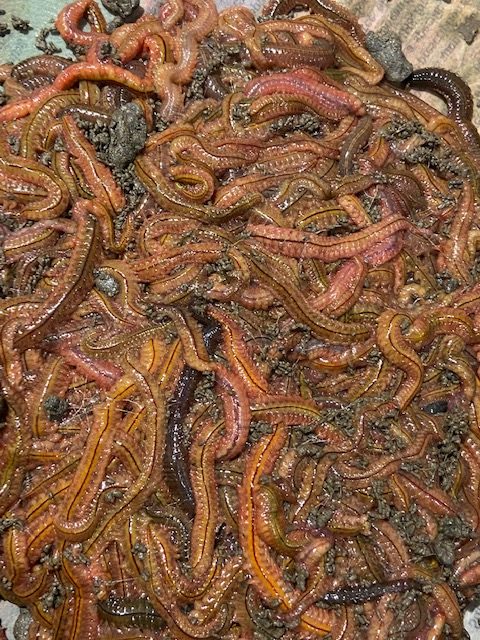

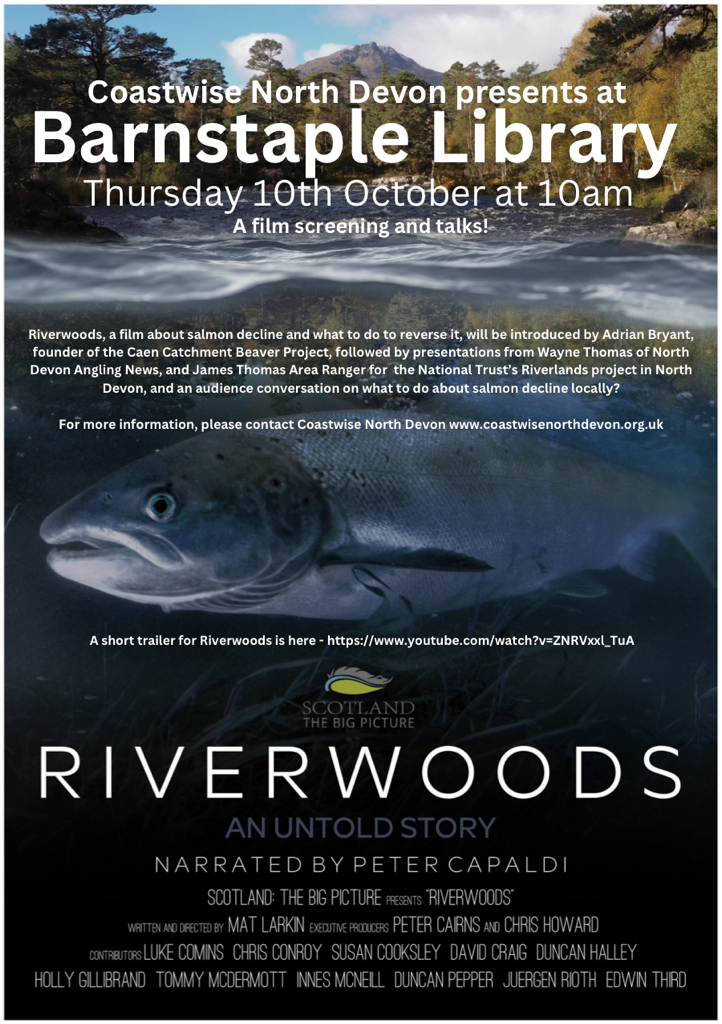
Andrew Atkinson won Appledore Shipbuilders monthly Sea Rover with a club record rockling of 2lb. Runner up was Josh Atkinson with a bull huss of 10lb 15.25oz and third Andrew Atkinson with a bull huss of 8lb 12oz.
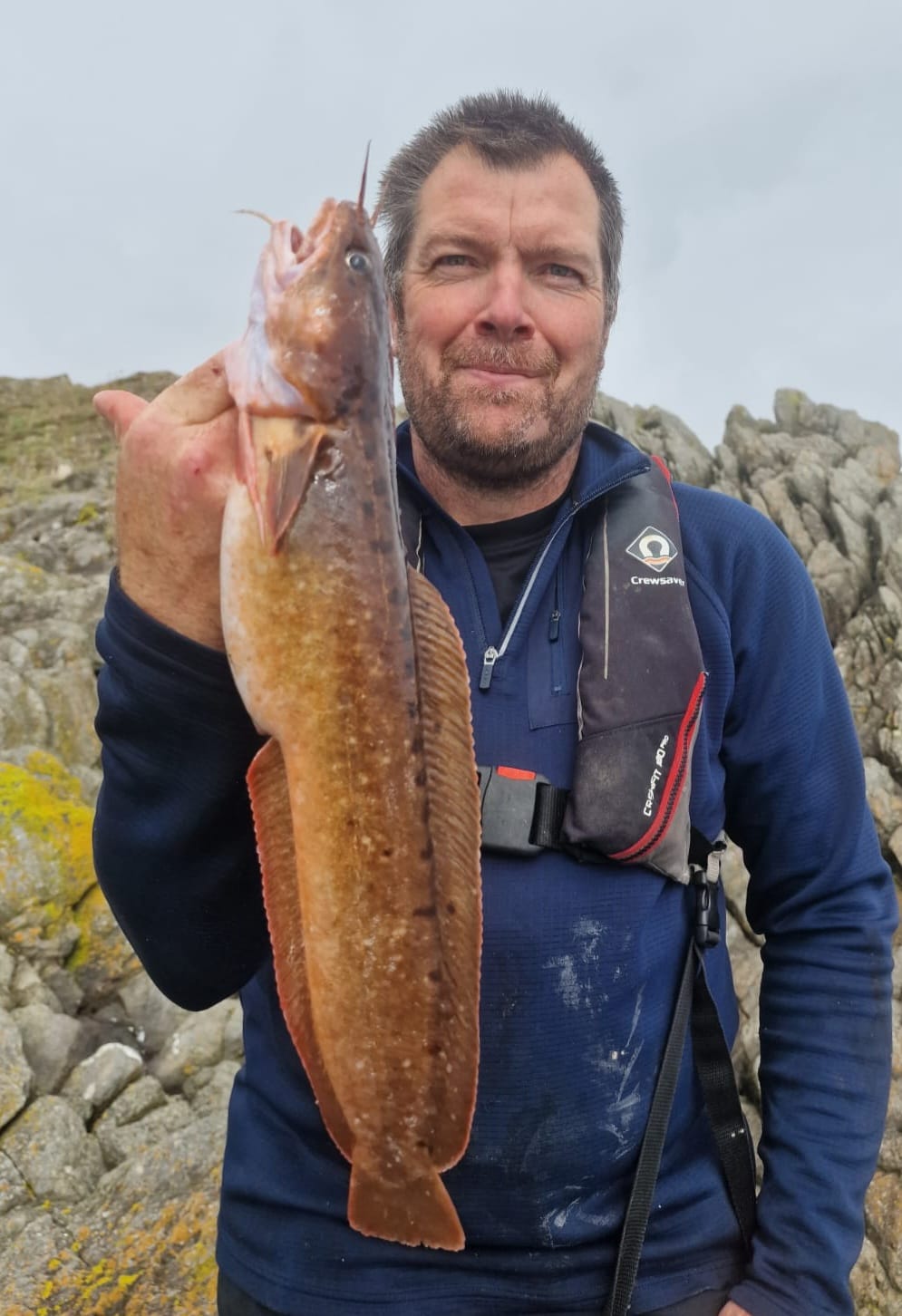
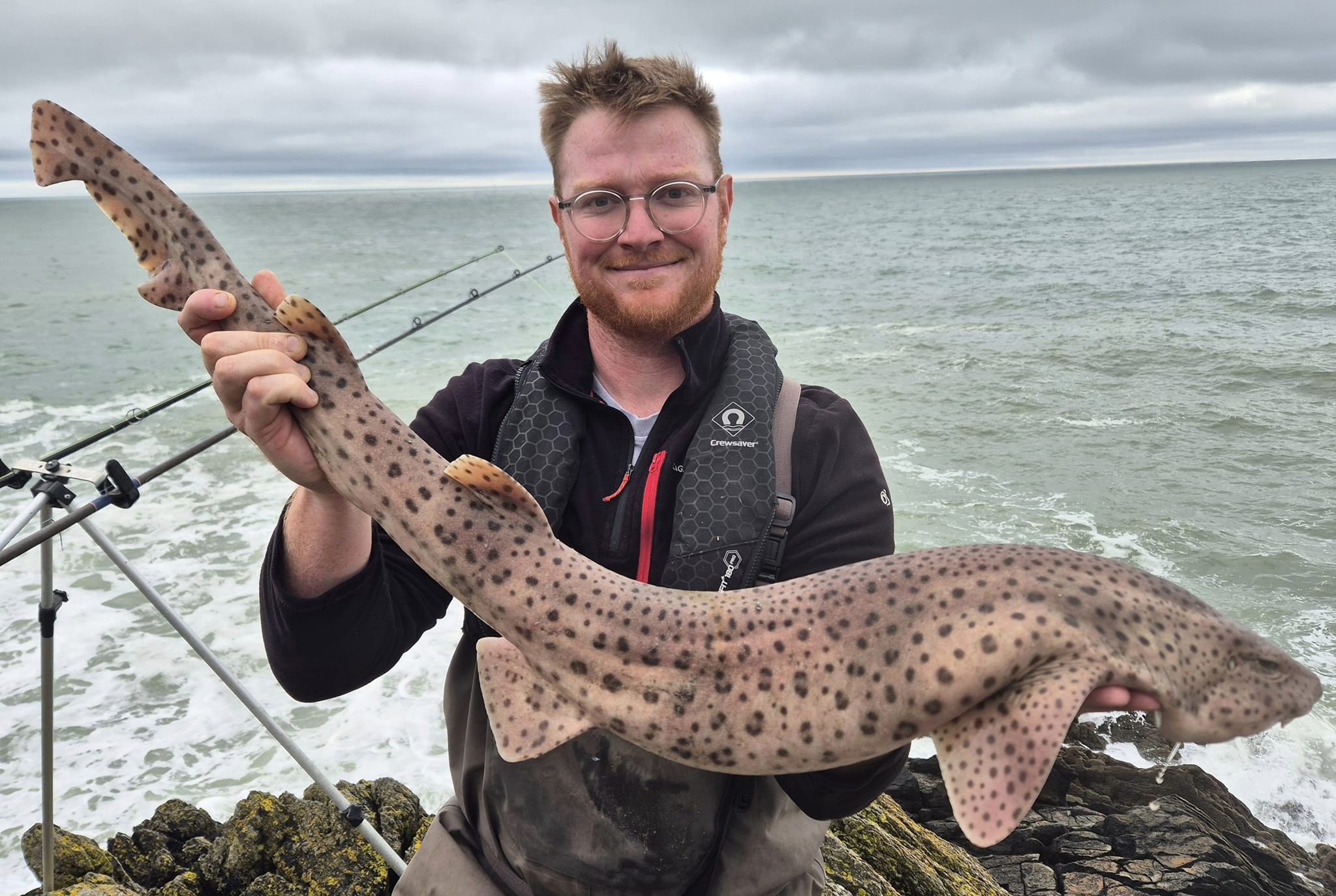
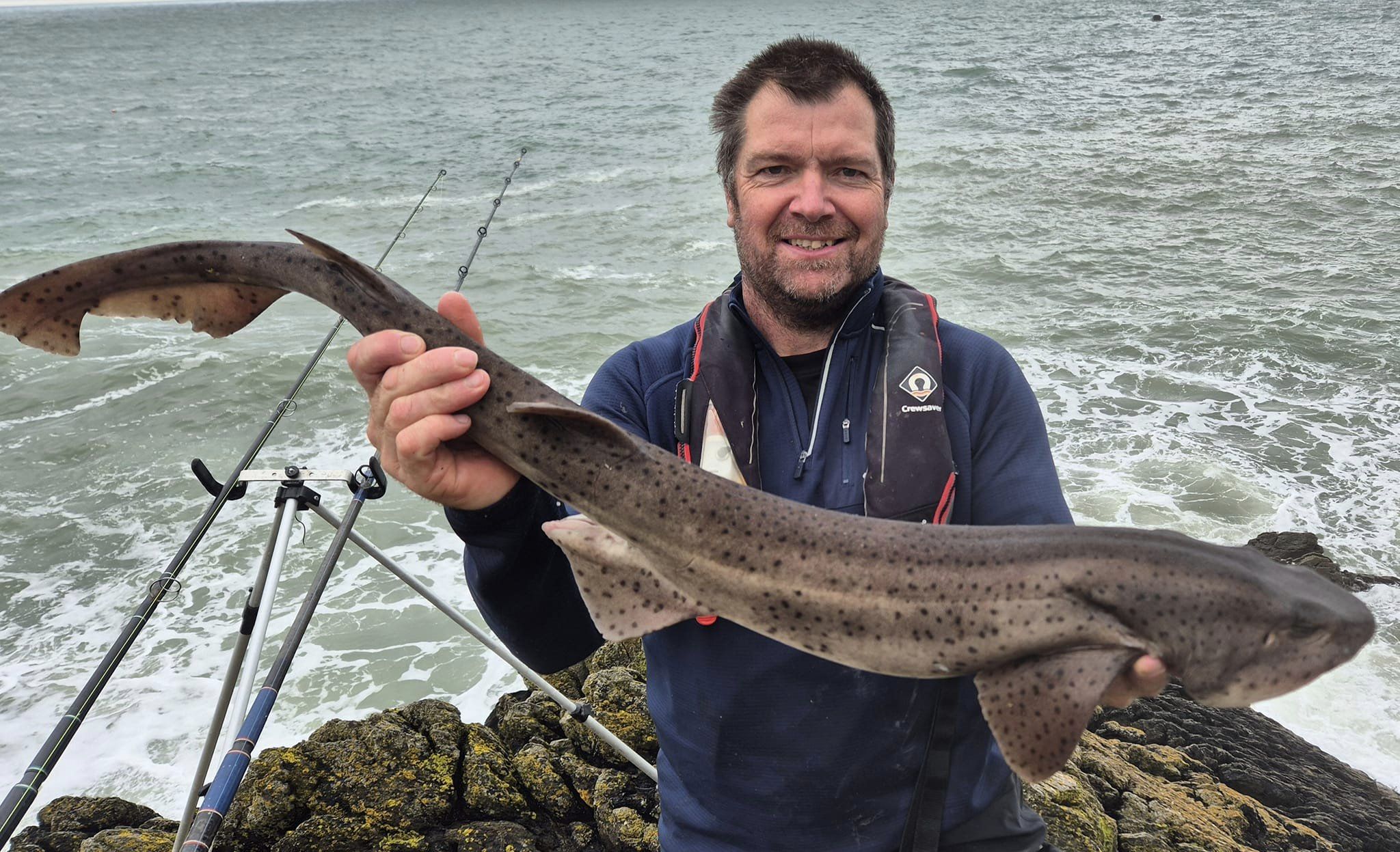

Stephen Found won Bideford Angling Clubs monthly rover with a thornback ray of 8lb 13oz. Andrew Clements was second and third with a bass of 6lb and a conger of 17lb 1oz.
